Rioseco
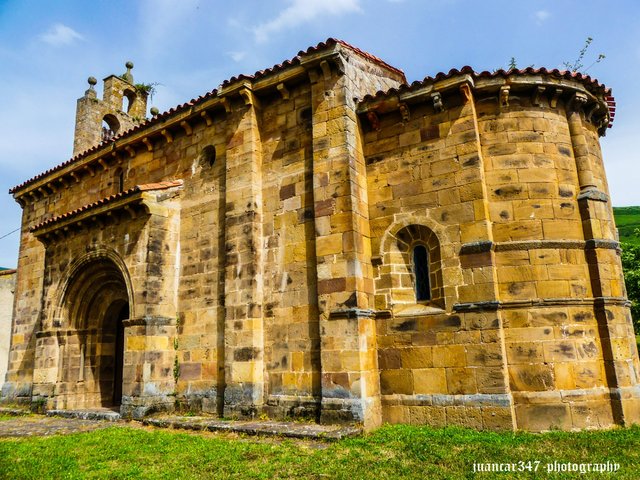
At an insignificant distance from Bárcena de Pie de Concha, it would seem idyllicly lost among mountains where beech and oak forests predominate, hiding the layout of the old Roman roads that indicate the important presence of the imperial legions in this area of northern Spain and where, in addition, fertile meadows that constitute the main sustenance of traditional cattle farming are combined, a small town, which barely has enough inhabitants to be more than a small village, combines, in equal parts, the supreme art of an environment enviable natural environment and the imprint of those mysterious companies of medieval masons, the stonemasons' brotherhoods, who made true poems in honor of God out of sacred architecture.
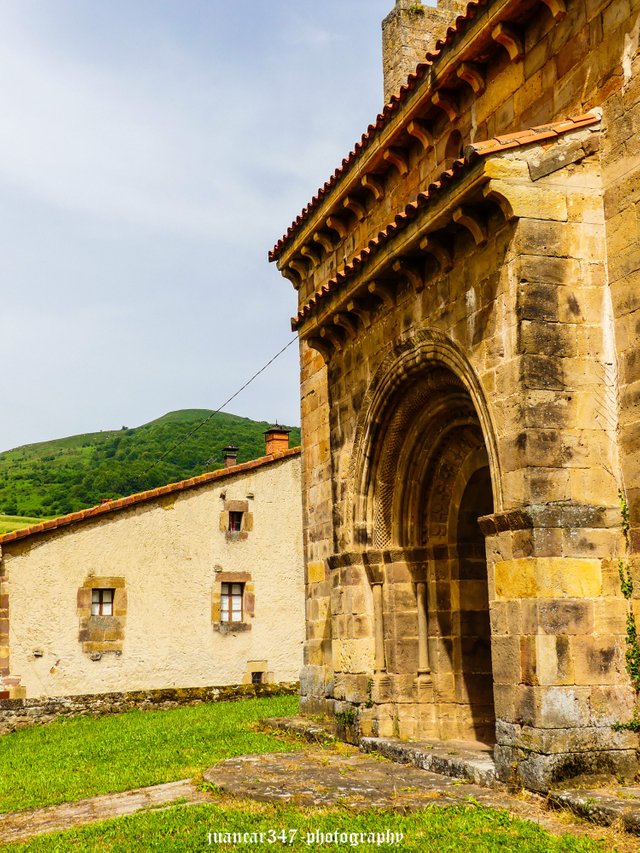
In this sense, and alternating the role with the old mansions, which, in most cases, still preserve part of the natural entrance arches and the epigraphic testimony of the powerful families that inhabited them, consigning their surnames and exploits, in that another symbolic epigraphy, so rich and varied, which are the noble shields, a Romanesque church, built in the 12th century, constitutes, without a doubt, one of the most important heritage elements of Romanesque Art in Cantabria.
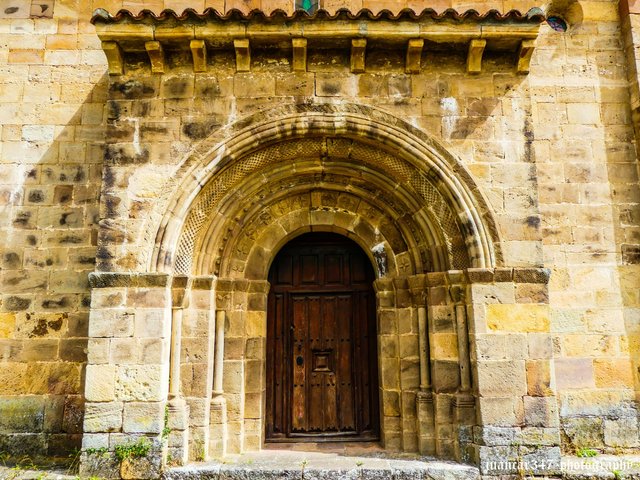
Dedicated to the figure of a peculiar Apostle, Saint Andrew, whose main symbol is that element in which, like Jesus Christ, he suffered martyrdom, a cross with the peculiarity of its X or X shape - an element that, traditionally, passed to form part of its name, 'Cross of Saint Andrew' and it was not only adopted by the Templars, in whose exile it is said that they fought alongside the Scottish rebels in the famous battle of Bannockburn, carried out, curiously, in 1314, the year in the one in which the Templars prisoners in the famous French castle of Chinon were executed and burned at the stake, among them the last Grand Master of the Order, Jacques de Molay- the beautiful Romanesque temple of Rioseco, raised on a hill that dominates the town , deserves a supportive and well-deserved attention.
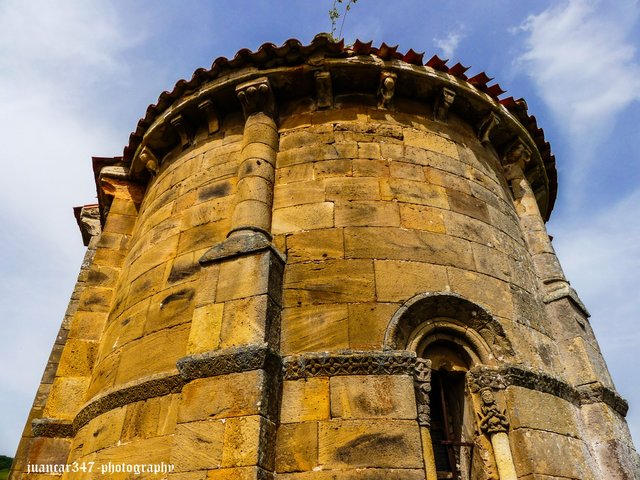
With its floor plan with a single nave and with the detail of hardly having undergone modifications over the centuries, with the baroque additions of sacristies or chapels of the Epistle and the Gospel, which have so distorted many other temples of their class and style, the church of San Andrés, its sculpture still affected by that irrepressible censor, which is sometimes erosion, preserves, in its decorative elements, the best symbolic traditions of Romanesque art in general and of the area in particular .
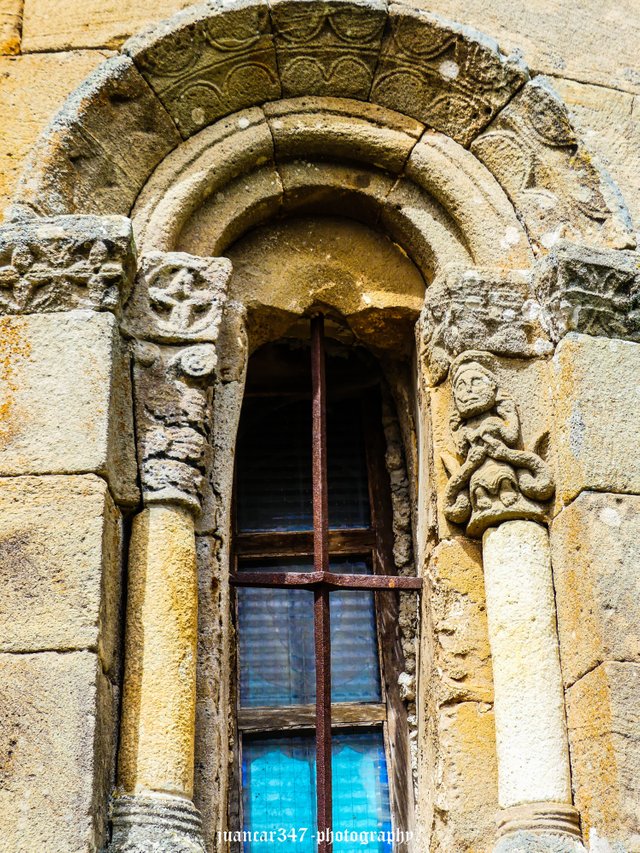
Much is said, in this sense, about that simile of Orpheus -metaphorically and comparatively speaking- who is a figure that usually stands out, generally, in this type of construction: Daniel and the lions.
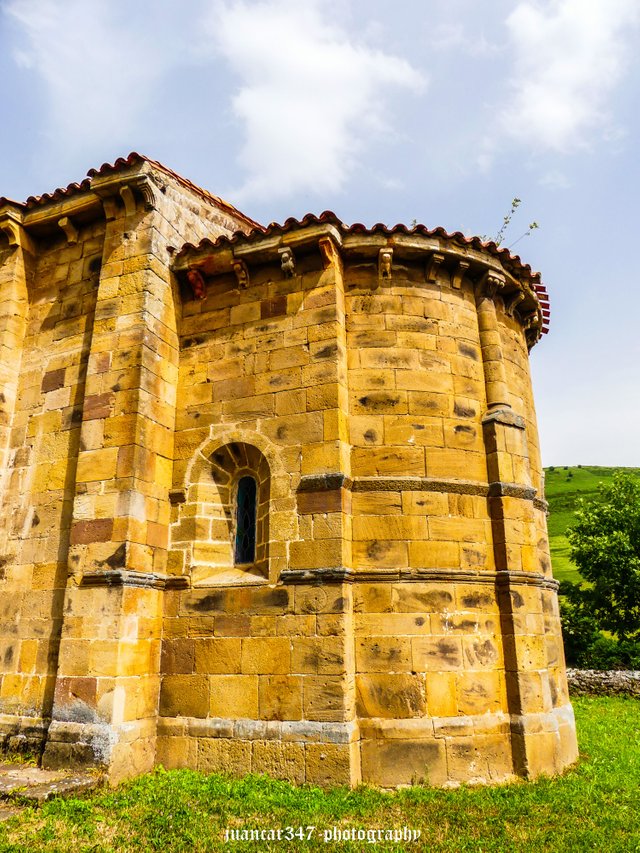
But apart from this well-known reference and taking into account that the medieval masons were, in addition and possibly without being aware of it, true chroniclers of their time, they stand out, apart from the erotic references, so characteristic, above all, of the Romanesque art of Cantabria, those others, which not only refer to that natural environment so well known to medieval man -plants and animals- but also allusions, presumably, to vices, which could never be absent, as part of the essential message of this type of construction and which, in the case at hand and located in one of the capitals of the window of the apse or head of the church, leads us towards the interpretation of lust in that female figure, from whose breasts snakes suck.
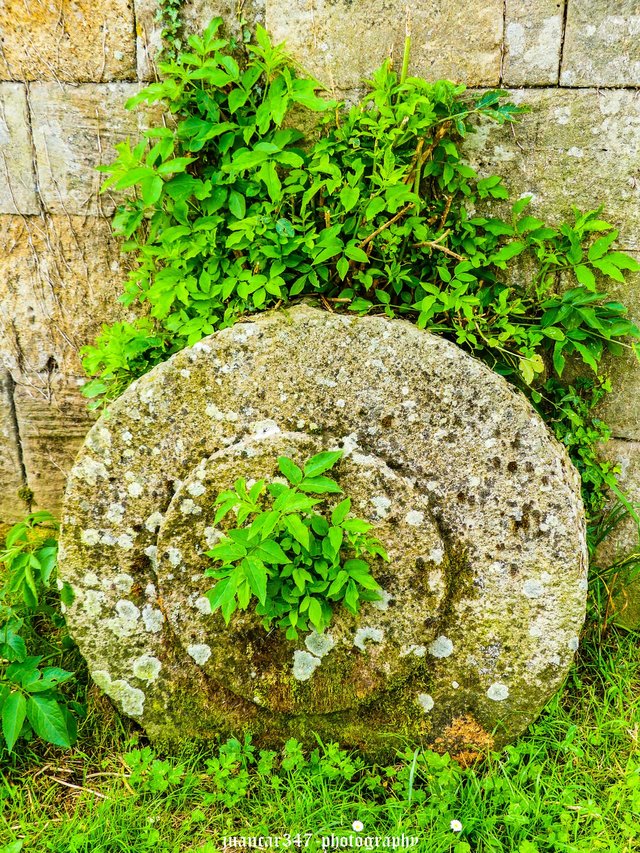
Interpretation, which, in any case, also affects some beliefs, which, even considered impossible by Science -snakes cannot suck- were always kept alive, up to the present time and incredible as it may seem, in the popular folklore of the towns of the north, where compilers of these authentic popular cultural treasures, such as Constantino Cabal, collected stories where it was stated that there were snakes that not only sucked from women when they were asleep, but also from the udders of cattle.
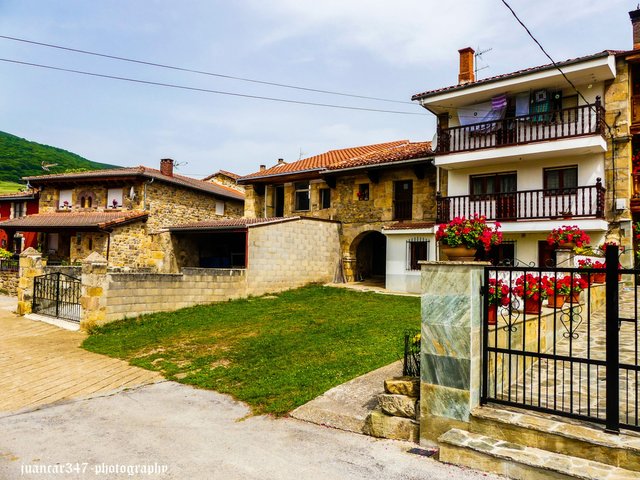
Hypotheses and speculations aside, the truth is that Rioseco and its formidable church dedicated to the figure of San Andrés, are a natural and cultural landmark of the first order, well worth at least one visit and given that, in addition, many of its houses They have been converted into rural accommodation, an excellent place to spend unforgettable holidays, not only enjoying the peace and beauty of an enviable environment, with numerous and interesting routes, for lovers of hiking and the possibility of having a operations to enjoy in an area, attached to the famous Besaya River, full of places and landmarks of interest.
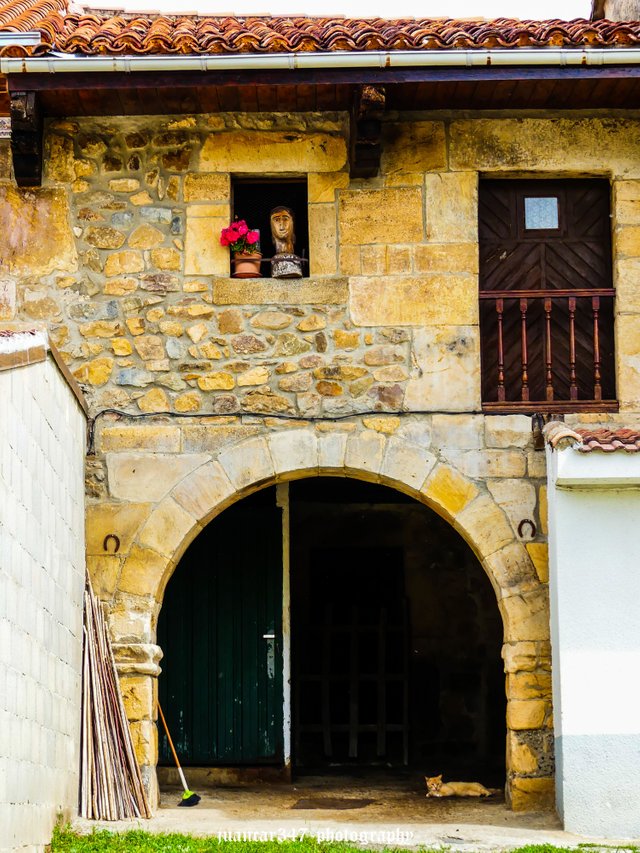
NOTICE: Both the text and the photographs that accompany it, as well as the video that illustrates it, are my exclusive intellectual property and, therefore, are subject to my Copyright.
RELATED MOVIE:
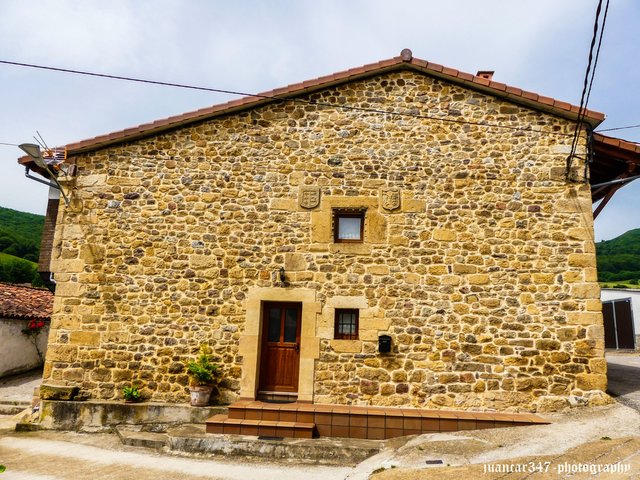
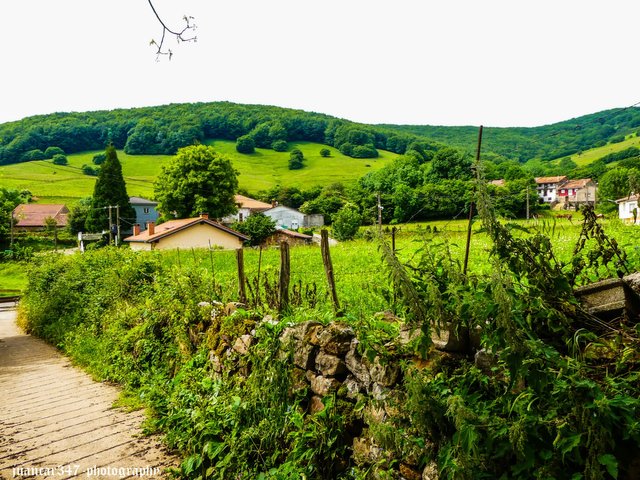
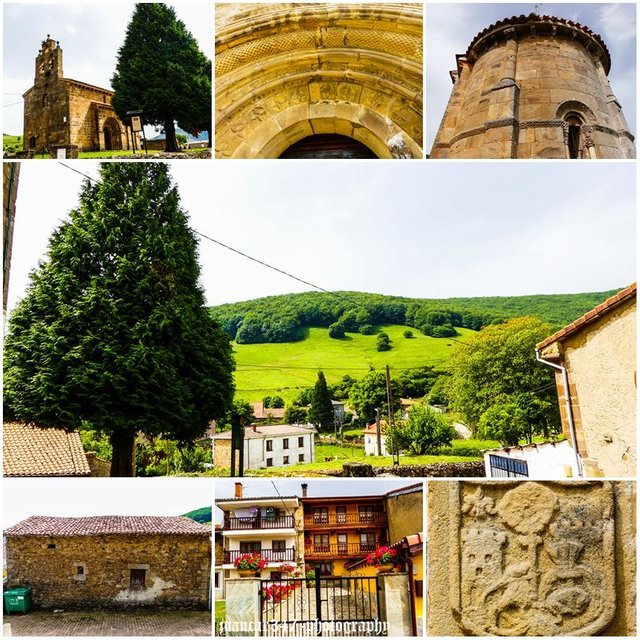
Congratulations @juancar347! You received the biggest smile and some love from TravelFeed! Keep up the amazing blog. 😍 Your post was also chosen as top pick of the day and is now featured on the TravelFeed.io front page.
Thanks for using TravelFeed!
@for91days (TravelFeed team)
PS: Why not share your blog posts to your family and friends with the convenient sharing buttons on TravelFeed.io?